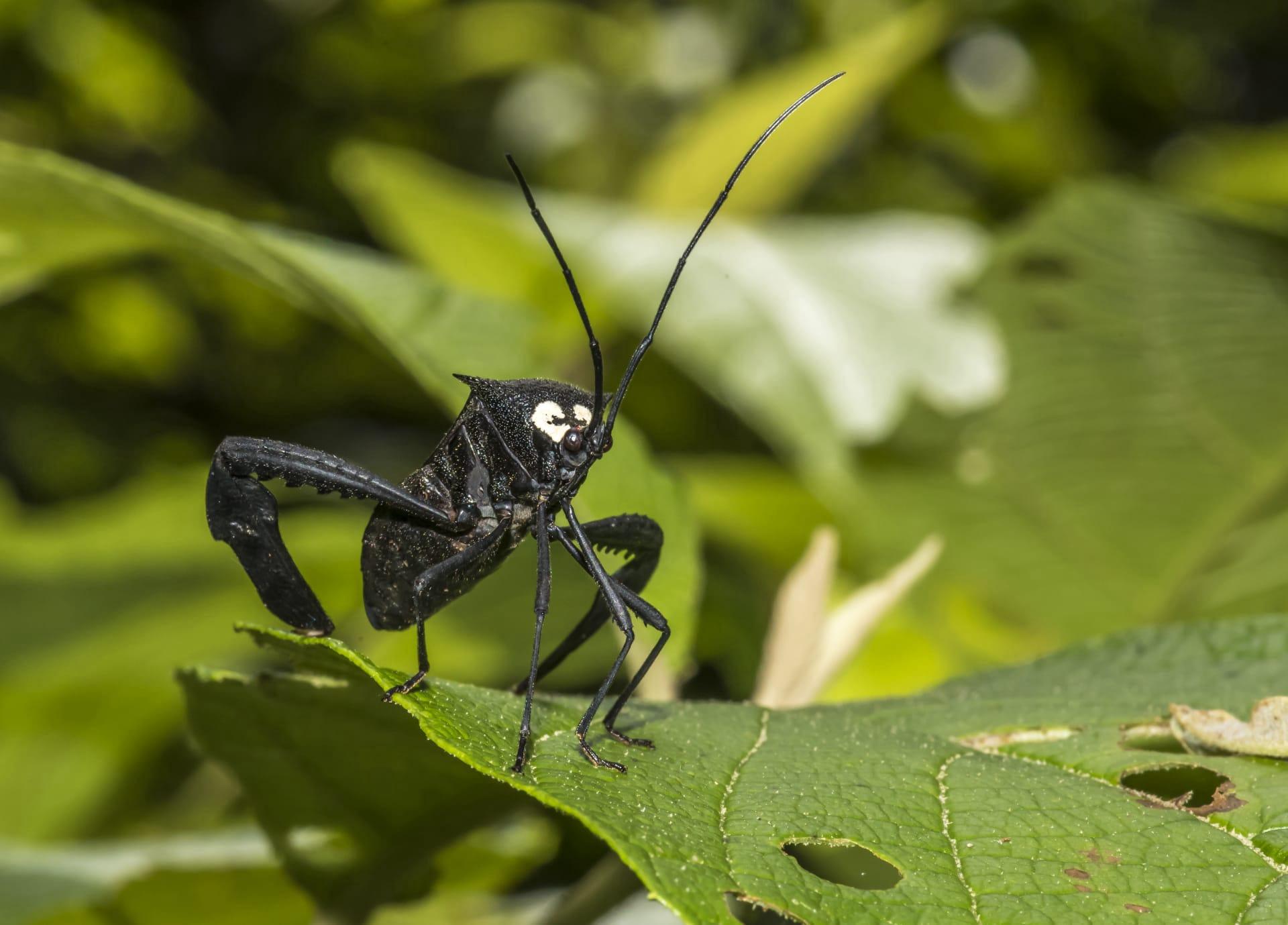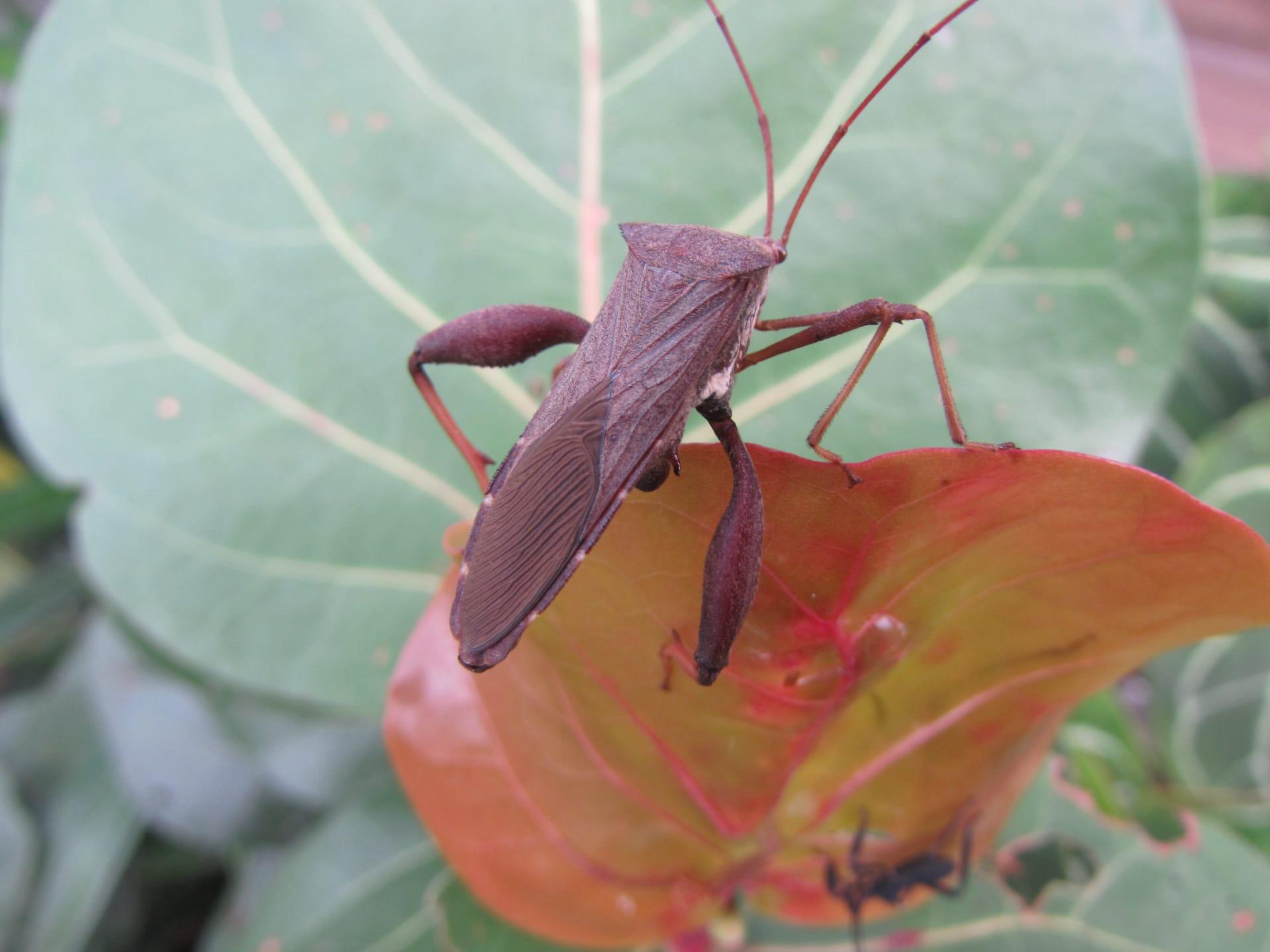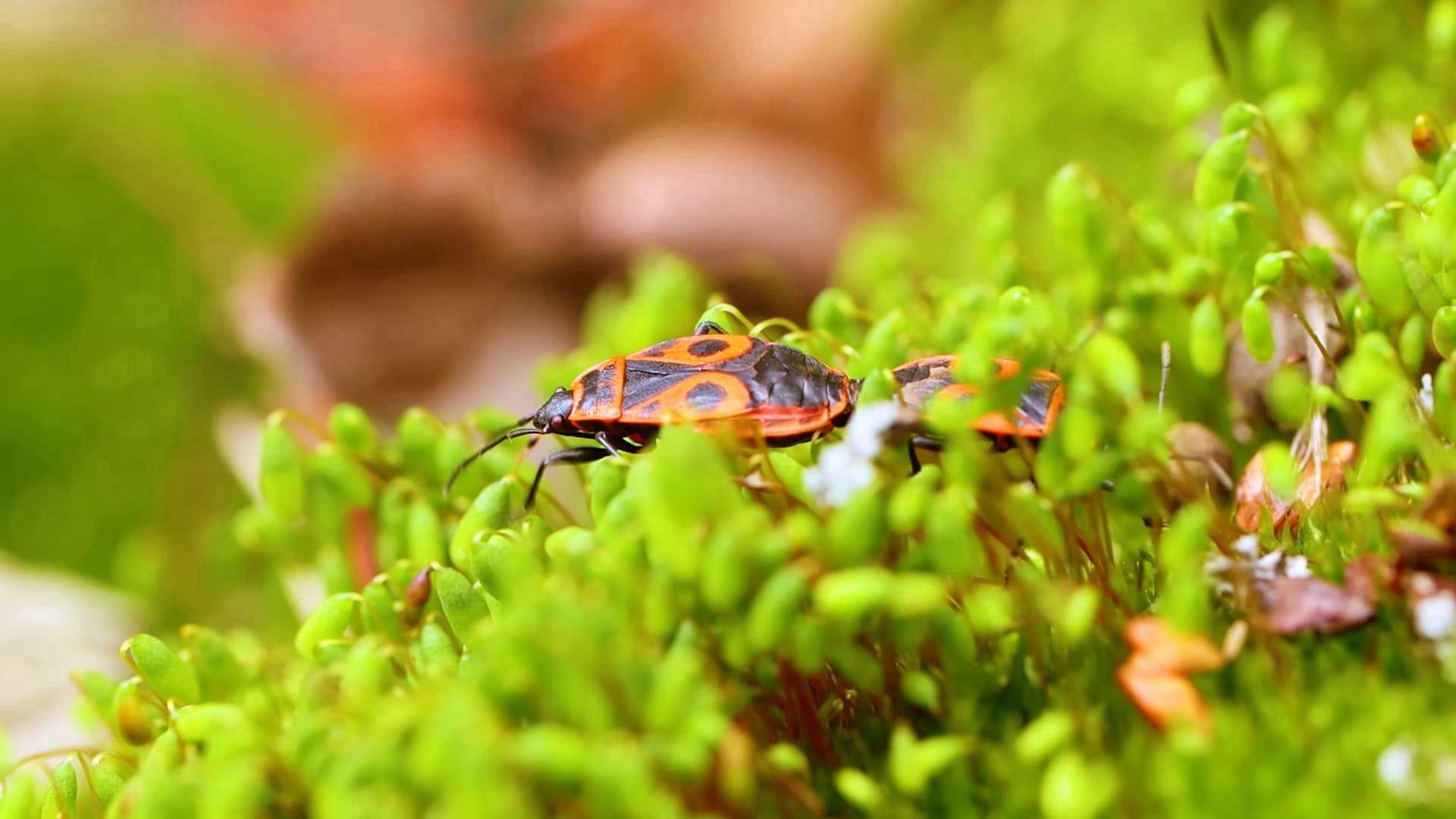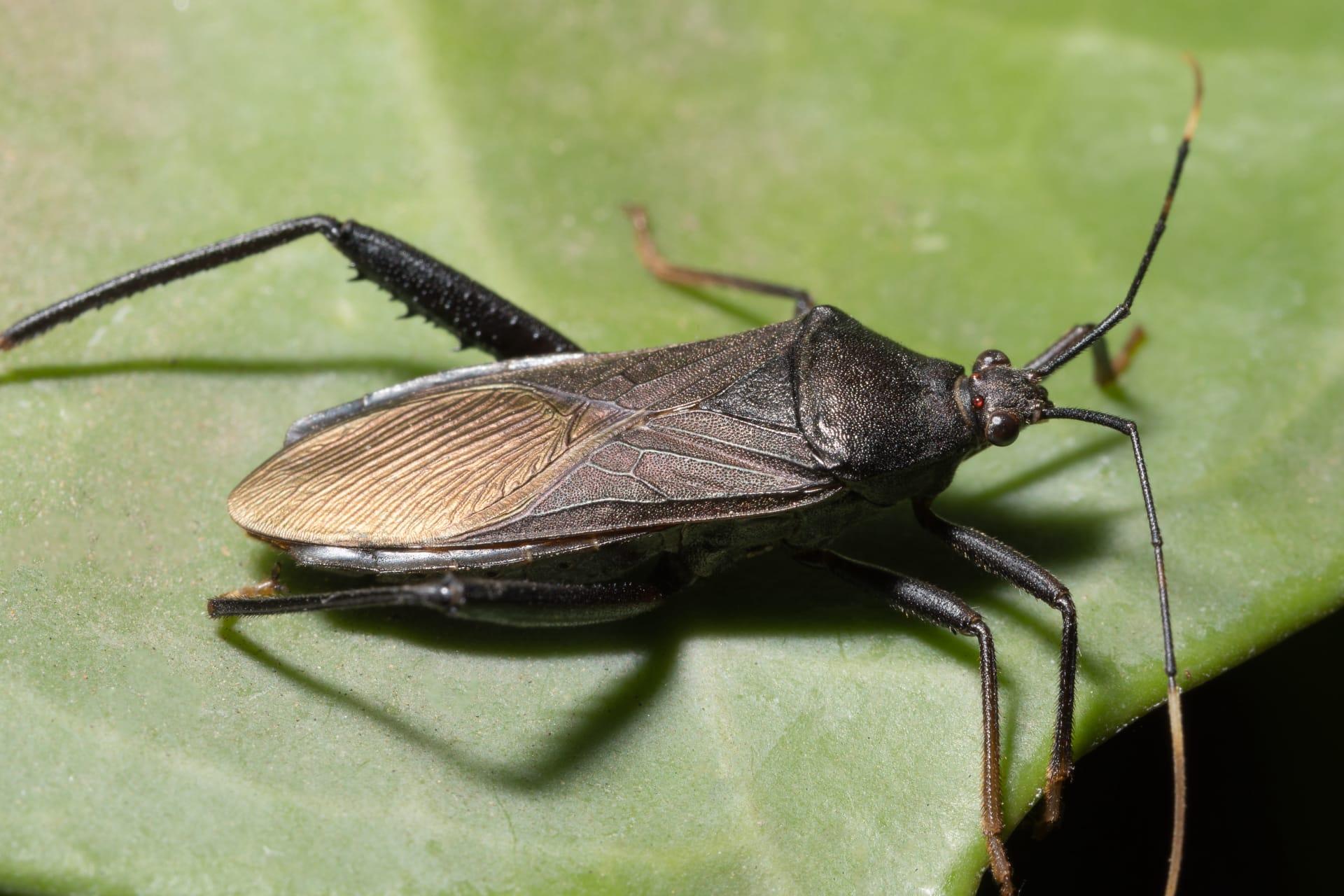Assassin Beetle Trivia
- Home /
- Trivia Question /
- Animal /
- Assassin Beetle Trivia
1
Question: What distinguishes Assassin Beetles from other beetle species in terms of their physical appearance?
Answer: Assassin Beetles, scientifically known as Reduviidae, stand out with their elongated bodies, which can range from 0.2 to 1.6 inches (5 to 40 mm) in length. They possess a distinct, elongated head and a prominent, curved proboscis used for injecting venom into their prey. Their coloration varies greatly, from dull browns to bright reds, often with striking patterns that aid in camouflage or warning predators.
Question: How do Assassin Beetles hunt and what is unique about their hunting technique?
Answer: These beetles are adept hunters, utilizing their long proboscis to inject a lethal saliva that liquifies the insides of their prey, typically other insects. This 'siphoning' technique allows them to extract the nutrients while avoiding the hard exoskeletons. Some species are known to lure prey by camouflaging themselves or mimicking the prey's pheromones, showcasing a fascinating aspect of predator-prey interaction in the insect world.

2
Question: Is it true that Assassin Beetles can be dangerous to humans?
Answer: While their name might suggest a level of danger, Assassin Beetles generally pose no threat to humans. Their venom is effective against their insect prey but is not harmful to humans. However, handling them carelessly can lead to a painful bite, but it’s rarely more than a minor discomfort.
Question: Do Assassin Beetles play any beneficial role in the ecosystem or for humans?
Answer: Absolutely! Assassin Beetles are natural pest controllers, preying on a variety of insects that can be harmful to crops and gardens. By controlling the population of pests like aphids and caterpillars, they play a crucial role in maintaining the ecological balance and can be an ally in organic farming practices.

3
Question: What is the lifespan of an Assassin Beetle, and how do they reproduce?
Answer: Assassin Beetles have a lifespan that typically ranges from one to three years. Their reproductive process is intriguing – after mating, the female lays eggs in a safe and concealed environment. The eggs hatch into nymphs, which go through several instar stages, each requiring a molt, before reaching adulthood. This transformation showcases a remarkable example of metamorphosis in insects.
Question: Can Assassin Beetles fly, and how do they use their wings?
Answer: Yes, most Assassin Beetles are capable of flight. They have two pairs of wings, with the front pair hardened into protective covers known as elytra. When they decide to fly, they lift these elytra and unfold their membranous hind wings. However, their flight is typically not for long distances but rather used as a mechanism to escape predators or to find new hunting grounds.

4
Question: How do Assassin Beetles adapt to different environments?
Answer: Assassin Beetles are highly adaptable, found in diverse environments ranging from forests to deserts. Their adaptability is seen in their varied diet, hunting techniques, and camouflage abilities. For instance, desert species are often sand-colored for better concealment, while forest dwellers might mimic leaves or bark.
Question: What are the main threats to the survival of Assassin Beetles in the wild?
Answer: The primary threats to Assassin Beetles include habitat loss due to human activities, pesticide use, and climate change. Pesticides not only kill their prey but can also be lethal to the beetles themselves. Moreover, changes in climate patterns can disrupt their life cycles and affect their habitat suitability.

5
Question: Are there any symbiotic relationships involving Assassin Beetles?
Answer: In some rare cases, Assassin Beetles have been observed to engage in a sort of symbiotic relationship with ants. Certain species mimic ants to integrate into their colonies, a strategy known as myrmecomorphy. This allows them to prey on the ants or their larvae without being detected, showcasing a unique adaptation for survival.
Question: How do Assassin Beetles use their antennae in their daily life?
Answer: Assassin Beetles rely heavily on their antennae for sensing their environment. These antennae are equipped with sensory organs that detect chemical signals, vibrations, and air currents. This sensory capability is crucial for locating prey, avoiding predators, and navigating their surroundings. The antennae play a vital role in their hunting strategy, helping them detect even the slightest movements of their prey.